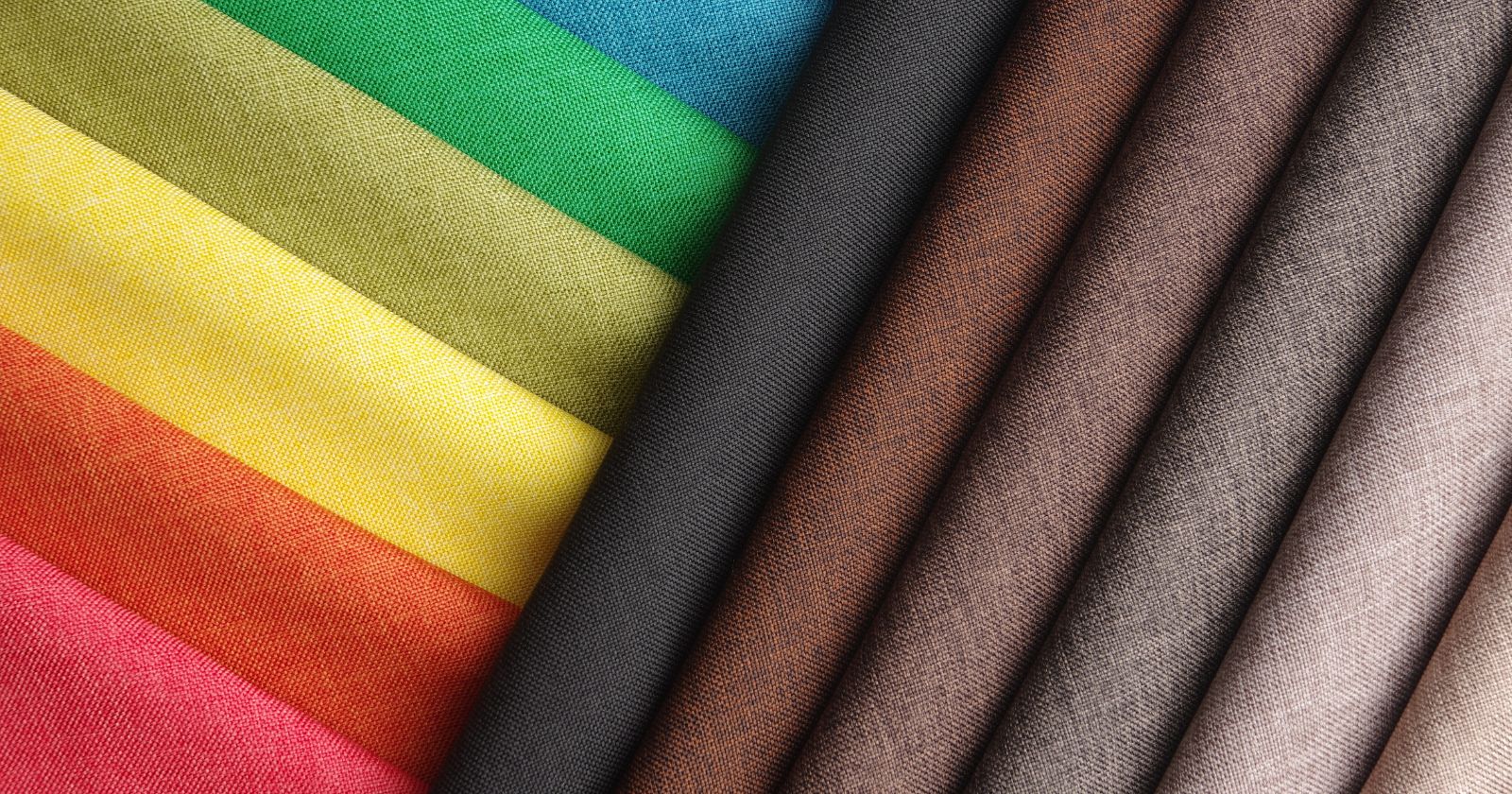Wool and cotton are both natural fabrics, but which is best? Which should you wear?
Wool fibers have better heat retention than cotton fibers, while cotton is more breathable than wool. This means wool is better when its cold (grab those wool socks!), and cotton is better when its hot. Wool clothing also has greater water resistance, which makes it a better choice in the rain, although cotton is stronger and more durable, so is likely to last longer.
Take a look at the comparison table below then read on for more information:
Wool vs Cotton Comparison Table
| Property | Wool | Cotton |
|---|---|---|
| Other Names | Merino, Cashmere, Tweed | – |
| Made From | Wool is a natural fiber obtained from sheep, goats, rabbits, and other animals. | Fibers from cotton plant seeds |
| Advantages | Comfortable and durable with good breathability and moisture wicking. An all-rounder. | Cotton fiber has superior wet strength and is a natural insulator. Cotton also has natural anti-microbial properties |
| Disadvantages | Can shrink when made too hot or wet. | Higher production costs than many other fabrics, particularly for organic cotton. |
| Uses | Fashion, furnishings, and upholstery. | Cotton is widely used in clothing, including to produce popular woven fabrics such as denim, flannel, and canvas. Also used for bedsheets, towels, and upholstery. |
| Natural or Synthetic | Natural | Natural |
| Woven or Knitted | Either | Woven |
| Thread Count | Up to 200 | 100-1000+ |
| Washing | Typically machine washable if you use the Delicates or Wool settings on your machine. Some may be hand wash only (always check the label first). Use gentle detergent. | Typically fine in washing machine (always check the label first) |
| Drying | Some wool garments are safe for tumble drying. Check the label first. Often best to lay flat and air dry. | Often fine in tumble dryer, although shrinkage can occur especially if 100% cotton (check the label first). If unsure, air dry. |
| Ironing | You can iron wool if you are very careful and use a cloth. Do not use too high a heat: overheating the wool will cause it to become shiny, extreme overheating will cause it to scorch. | Iron while damp (use a spray) on high heat |
| Wrinkle Resistance | Don’t tend to wrinkle | Wrinkles easily |
| Heat Retention | Good | Medium |
| Moisture Wicking | Good | Good |
| Breathability | Good | Very Good |
| Stretchability | Medium | Medium |
| Flammability (untreated) | Low | Very High |
| Water-Resistance (untreated) | Good | Poor |
| Color-Fastness | Good | Good |
| Strength | Medium | Good, especially when wet (cotton gets stronger when wet) |
| Durability | Good | Good |
| Drape | Medium | Medium |
| Softness | Good | Good |
| Environmental Impact Score (A is best, E is worst) | Conventional Wool = D, Recycled Wool = A | Conventional Cotton = E, Organic Cotton = B, Recycled Cotton = A |
| Sustainability Issues | Wool is biodegradable, however significant land and resources is required to raise the sheep. There are also humane issues, and we recommend you look for brands that only use wool from humanely reared sheep. | Cotton growing can be pesticide and water intensive, leading to pollution. Less impact when grown organically. |
| Vegan | No | Yes |


